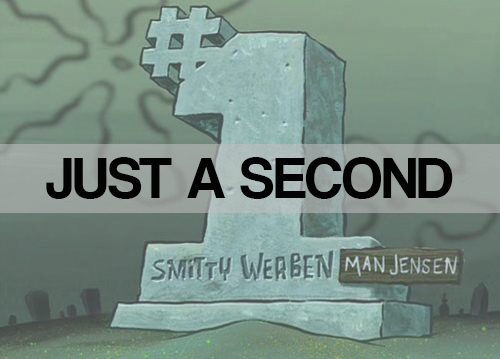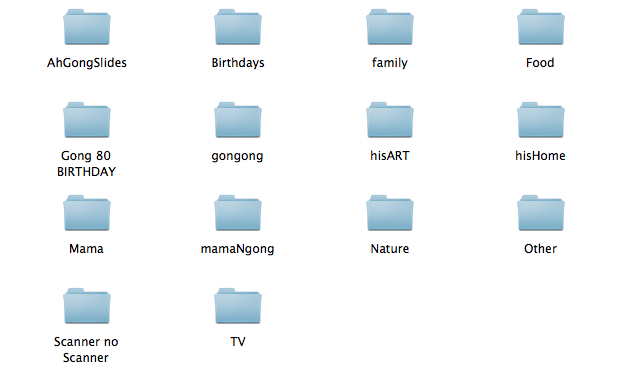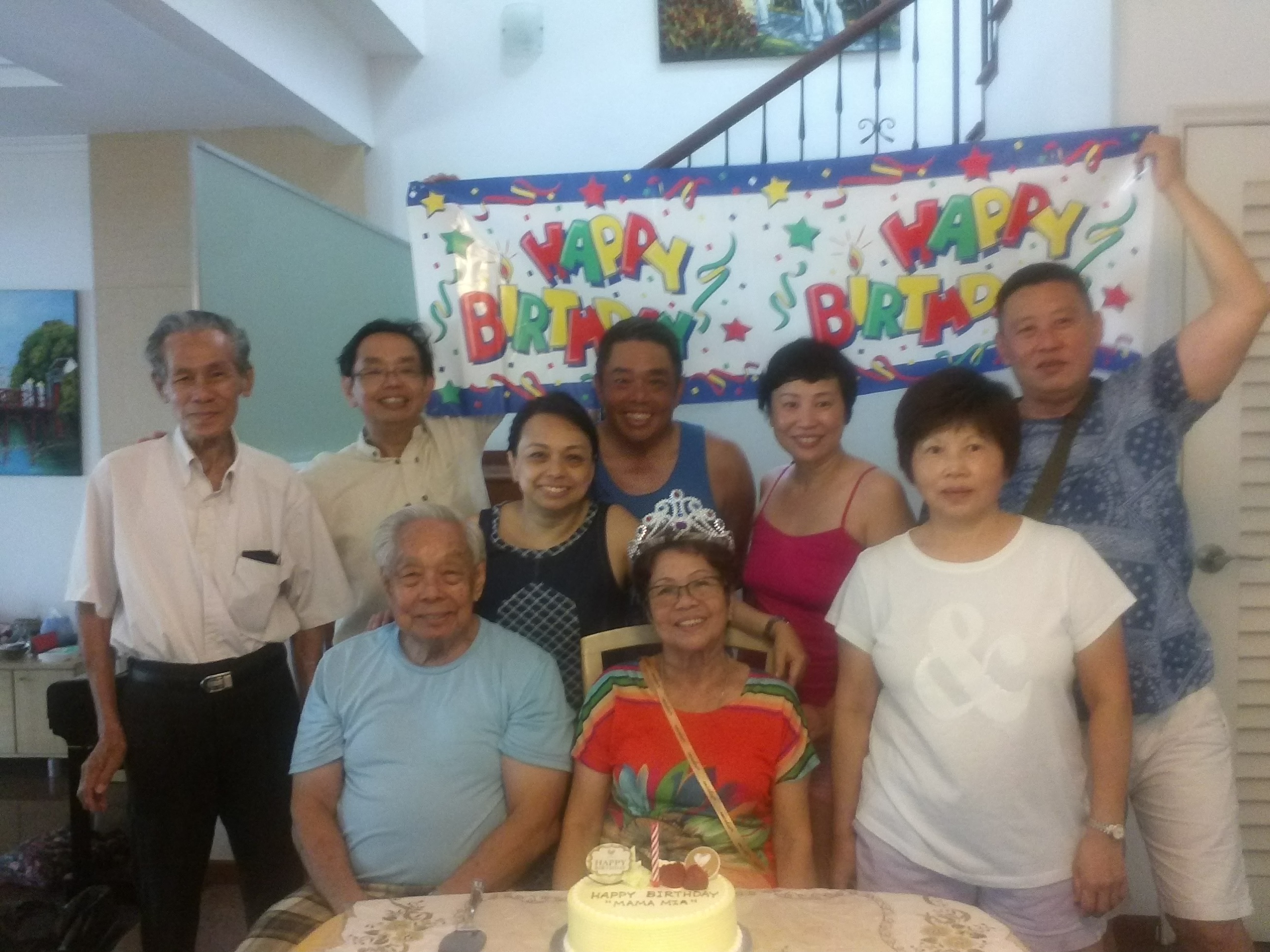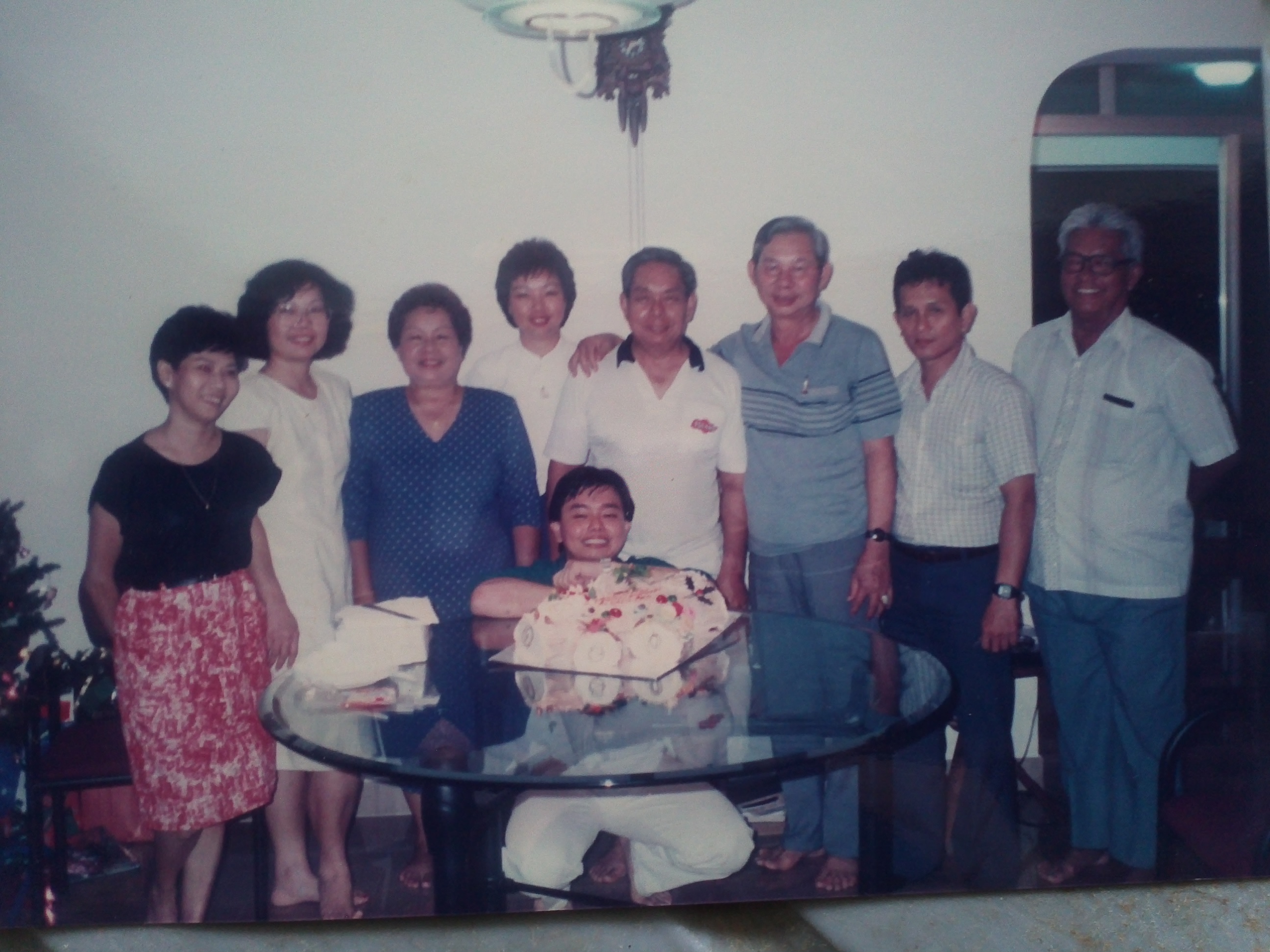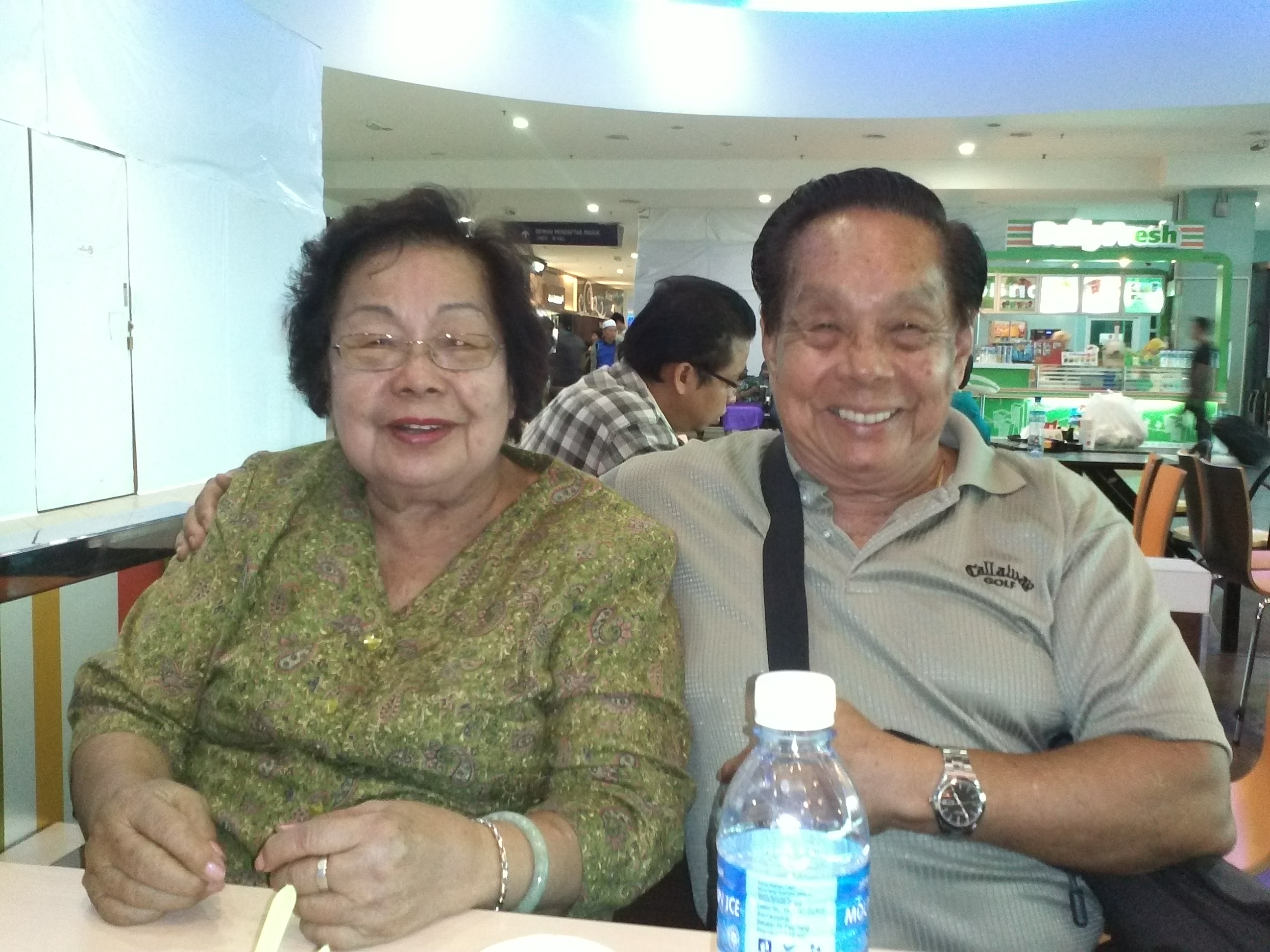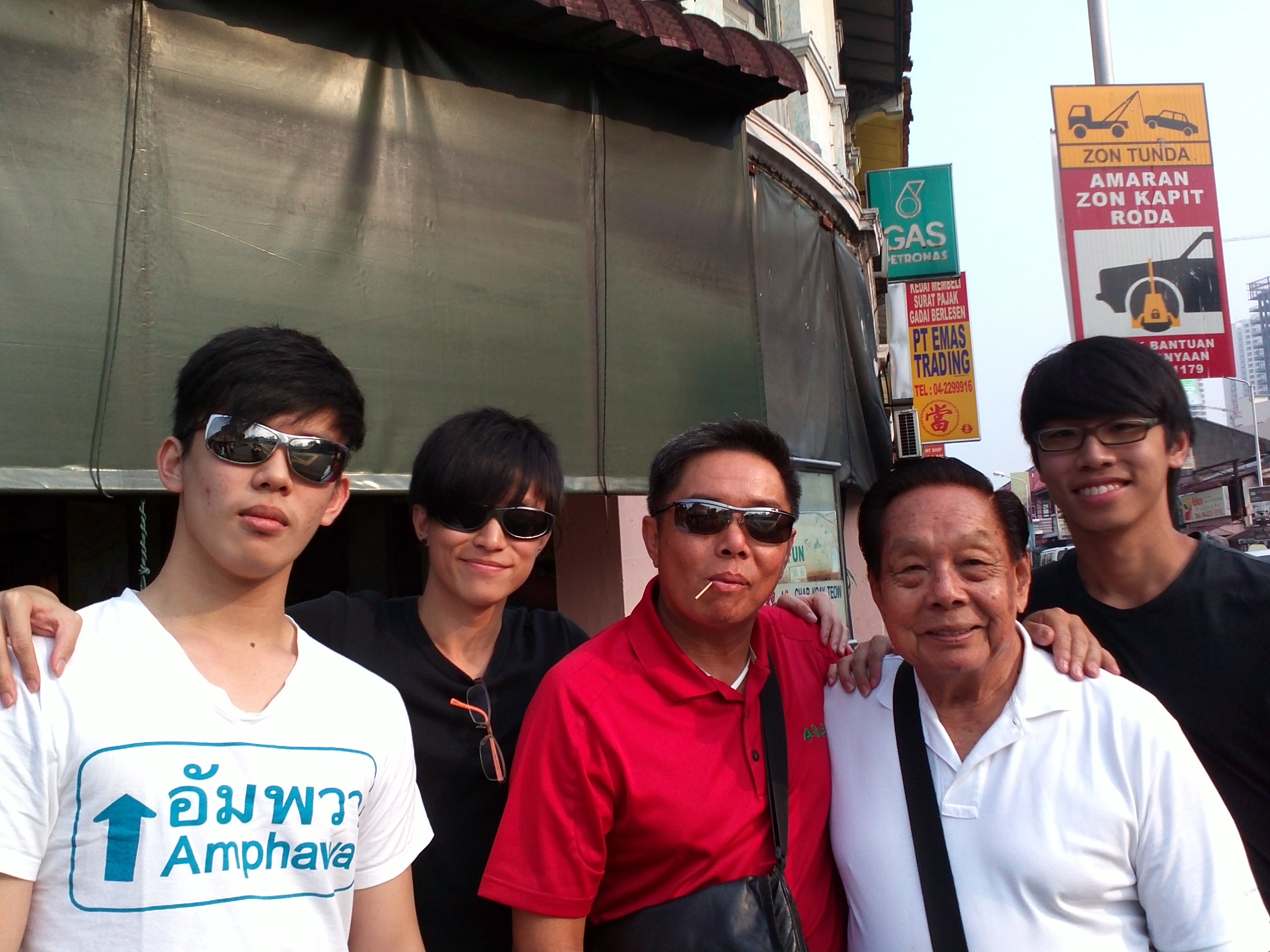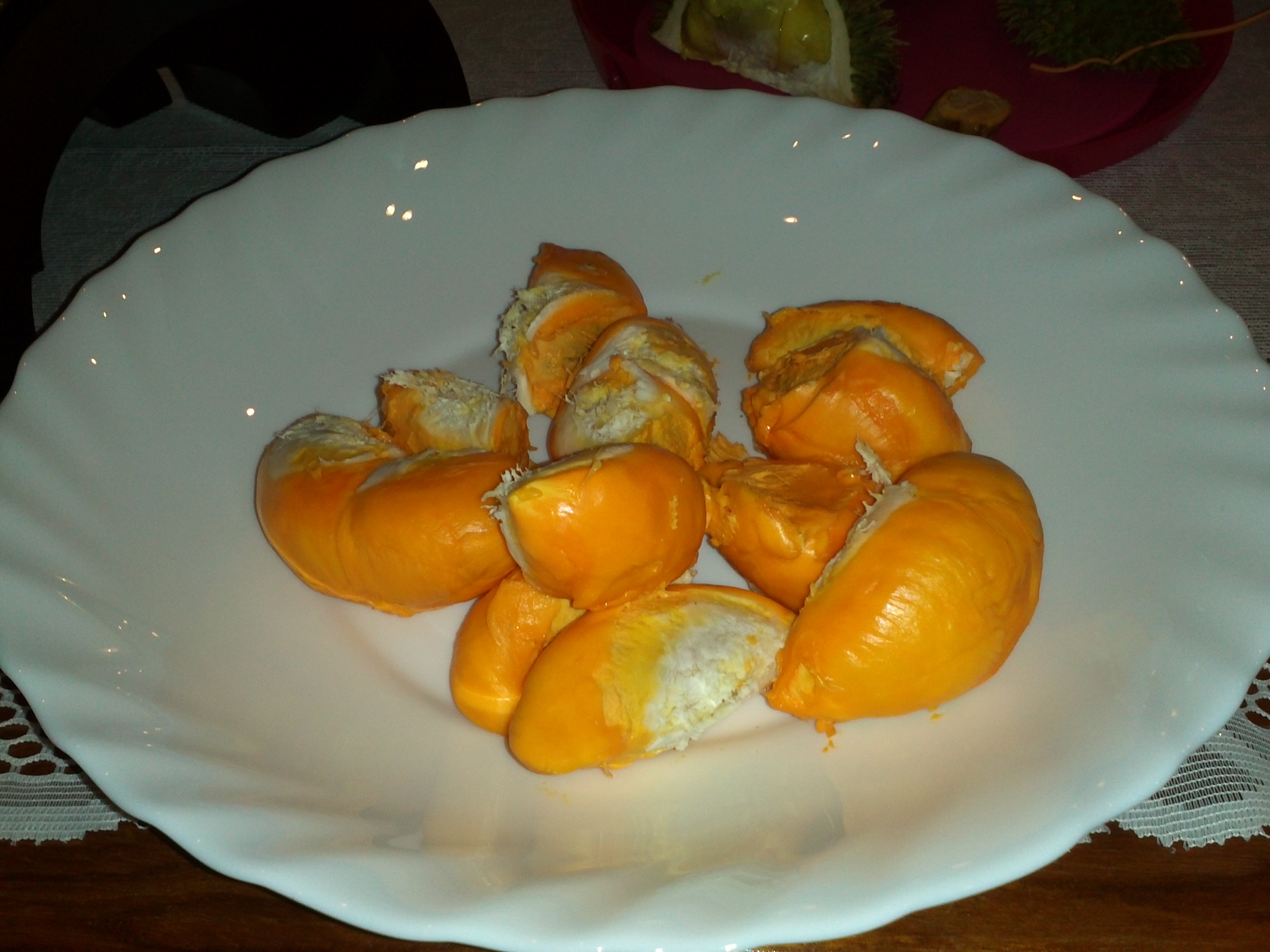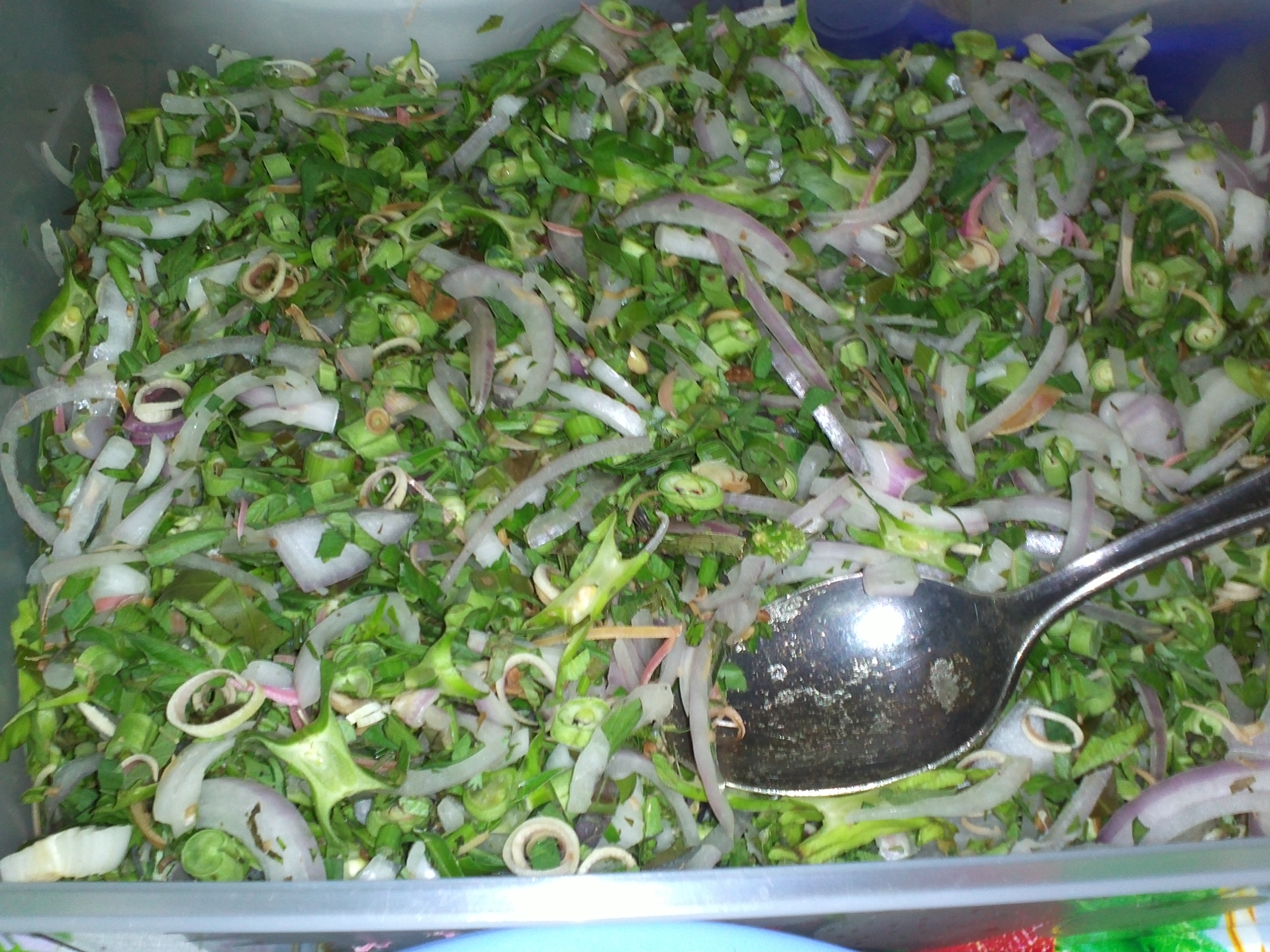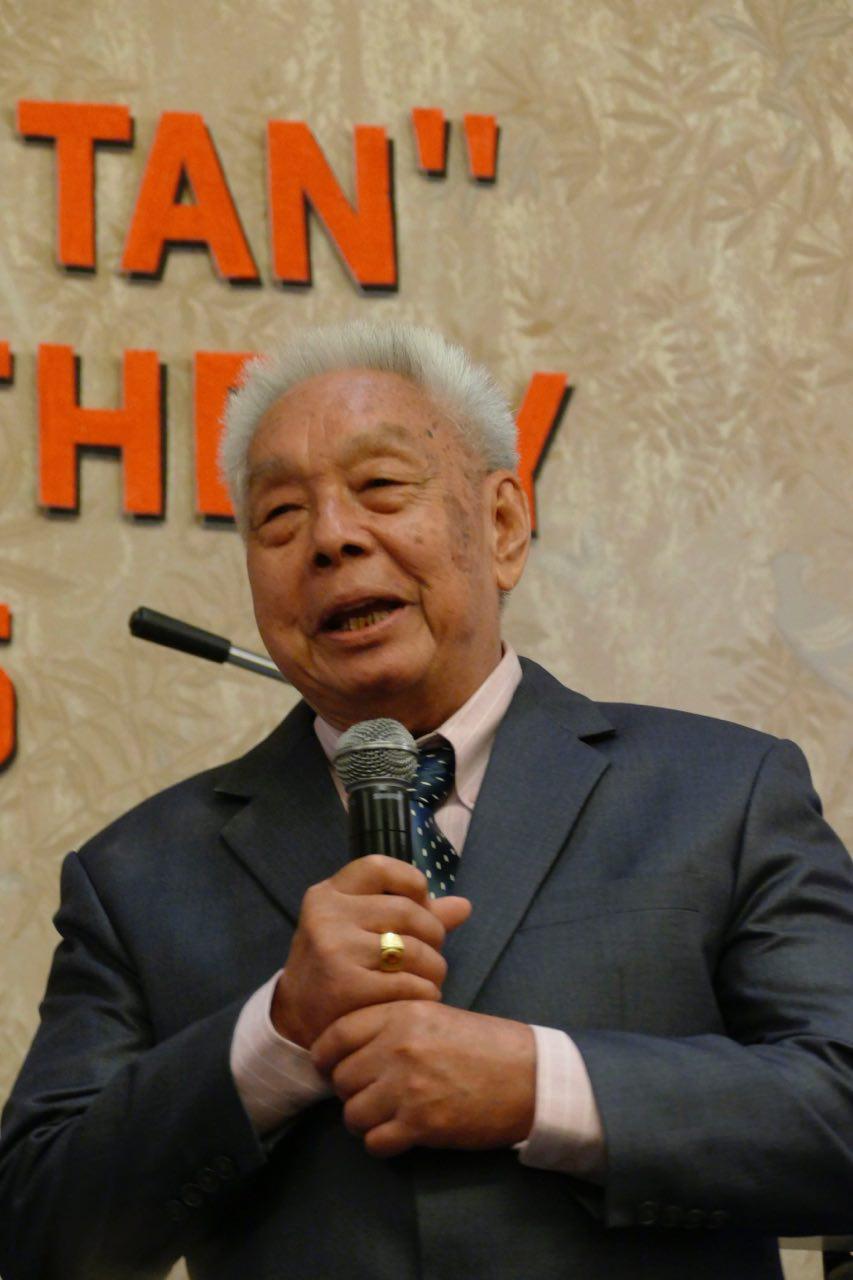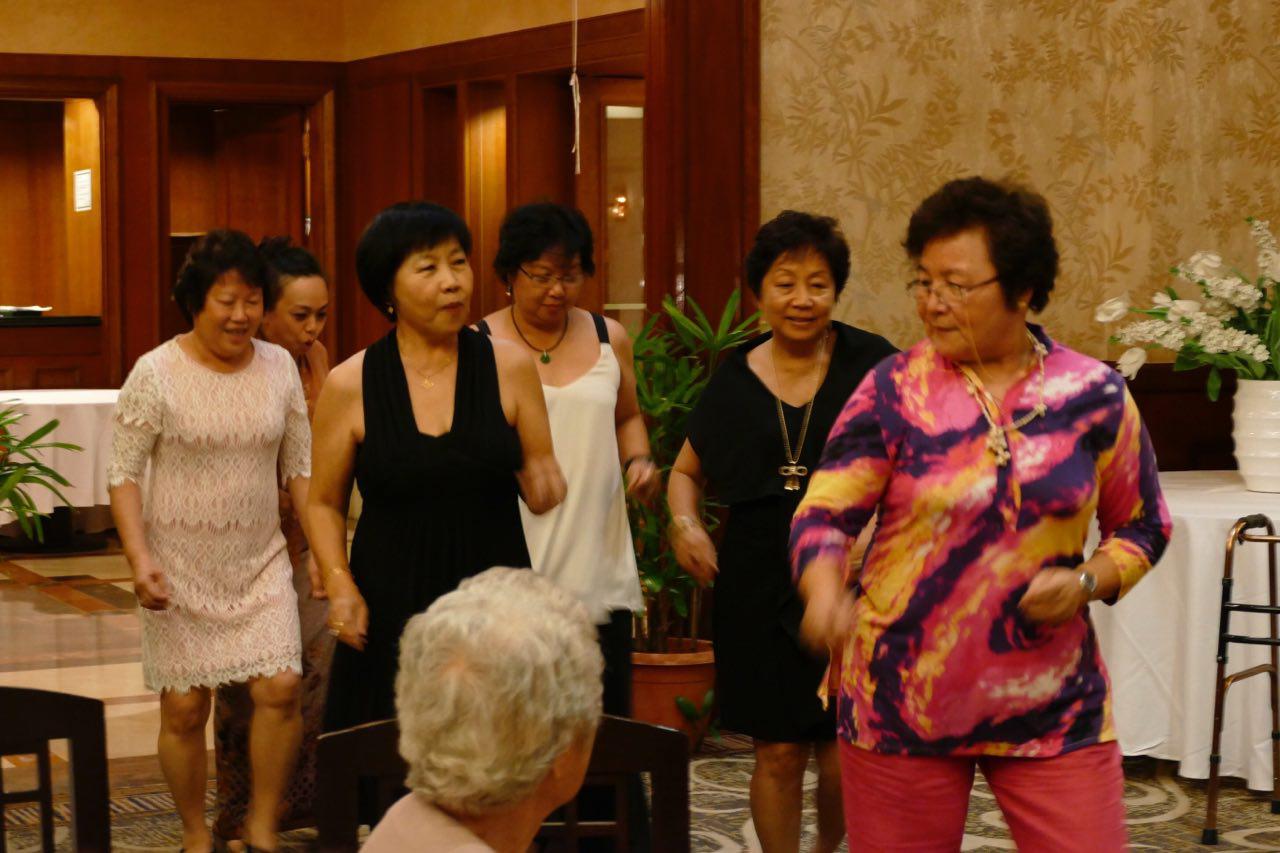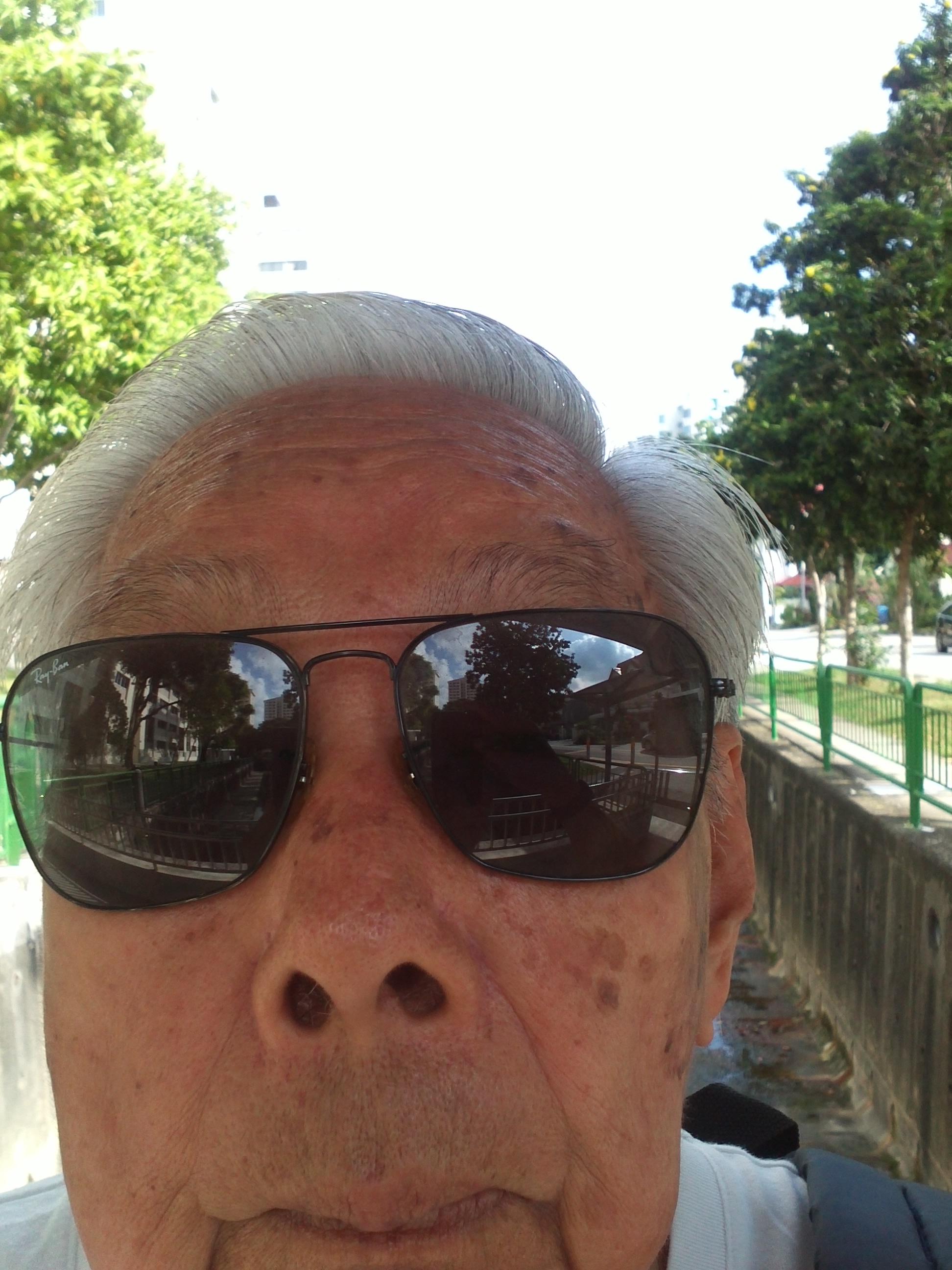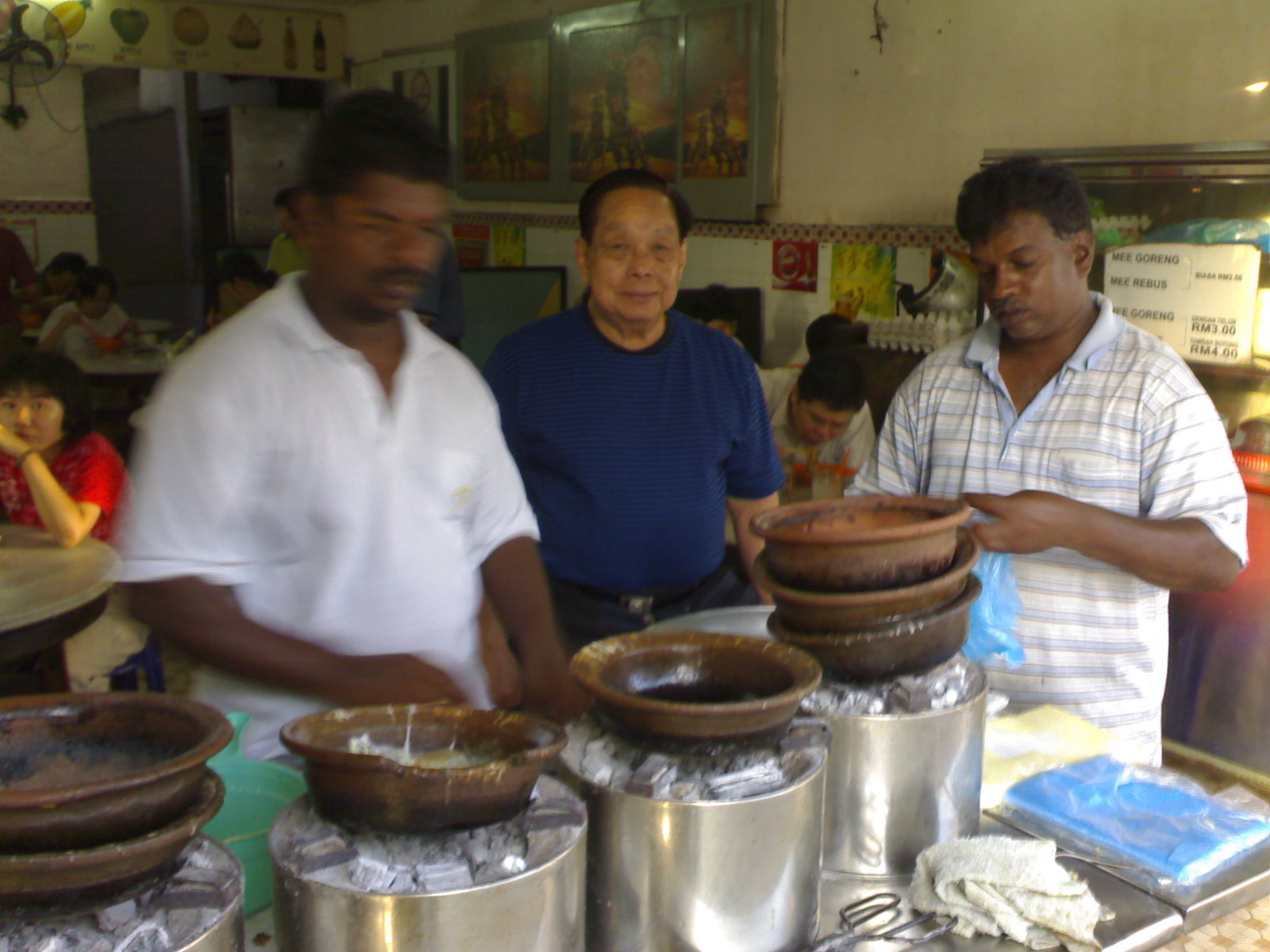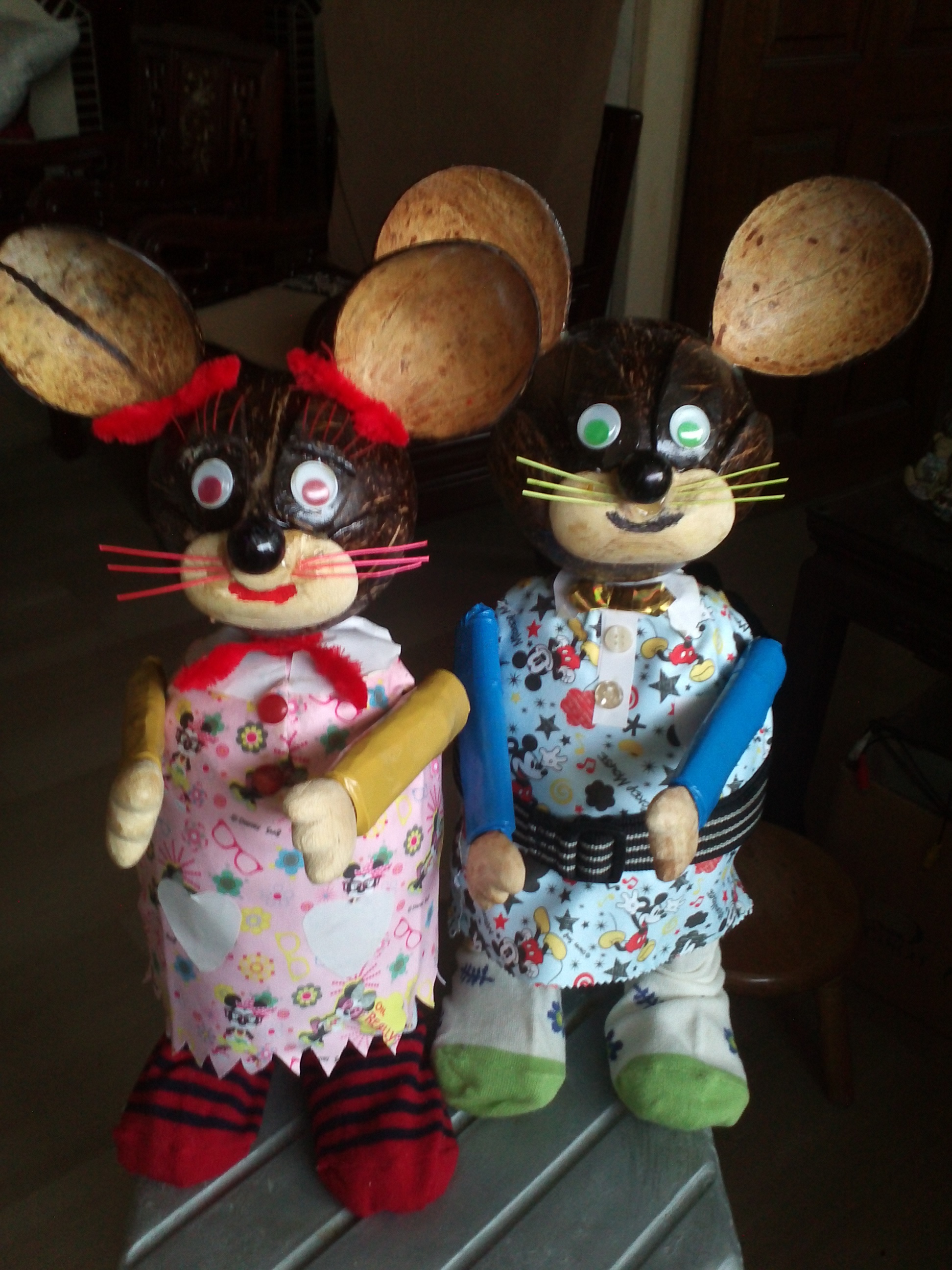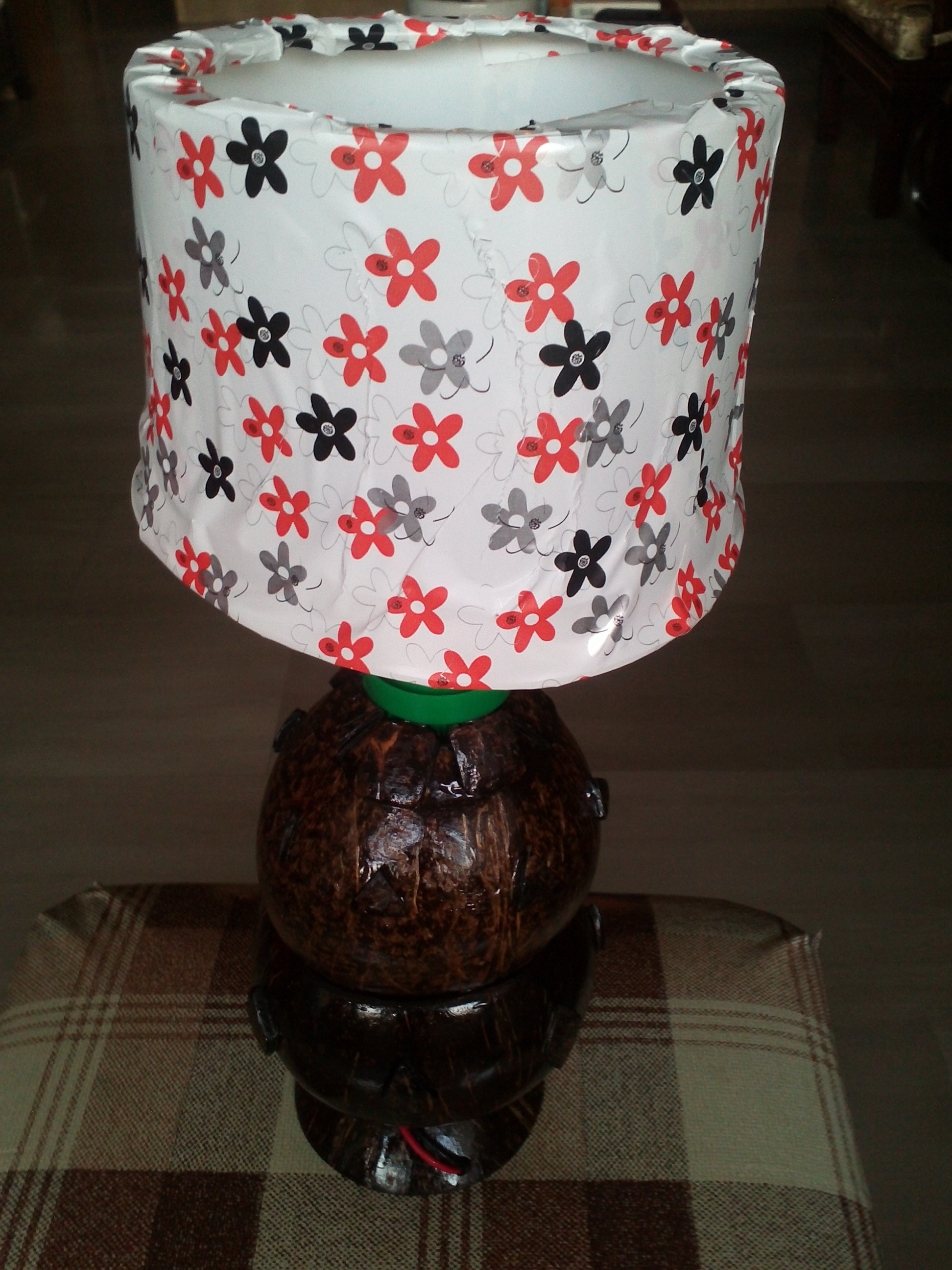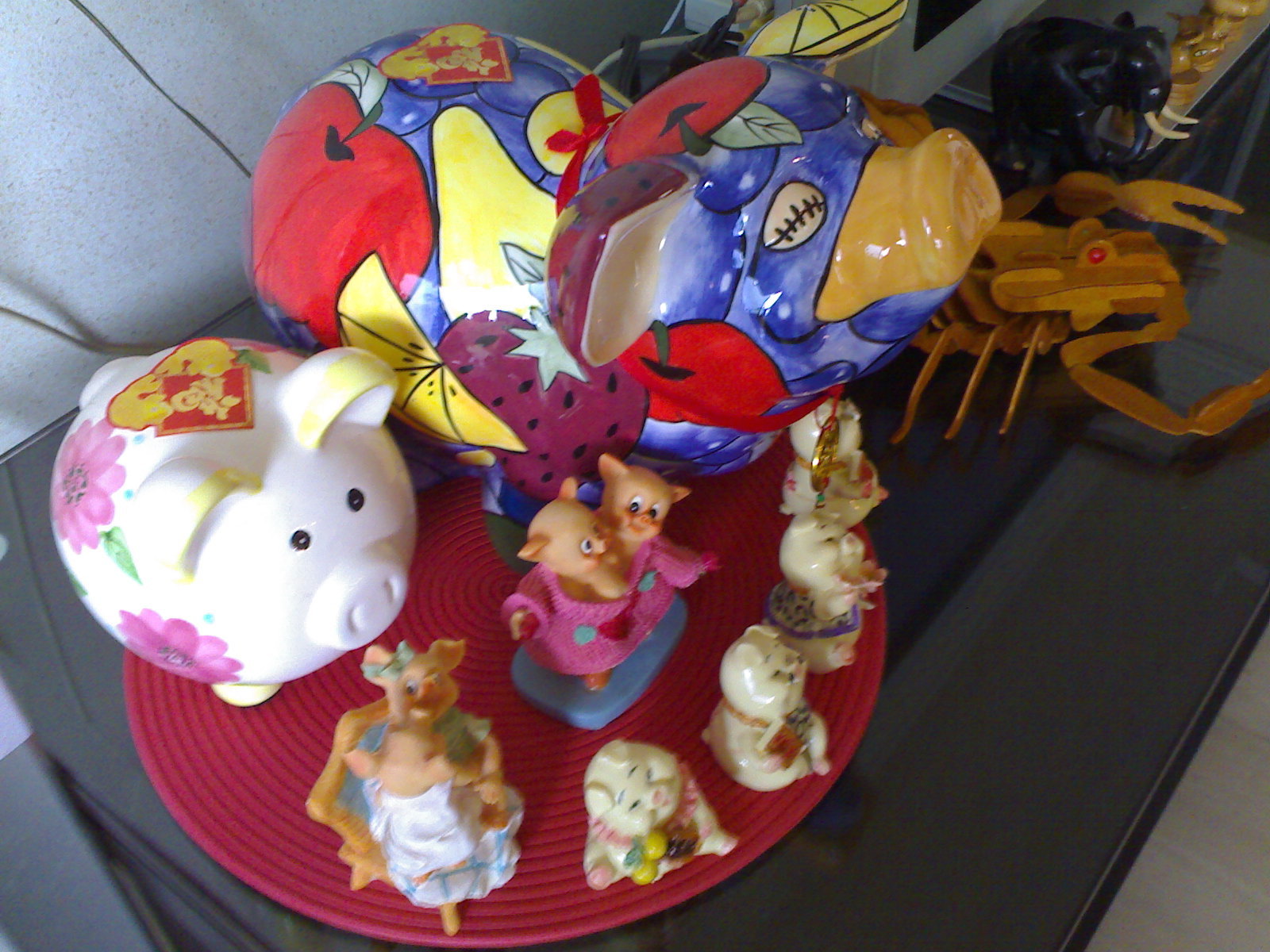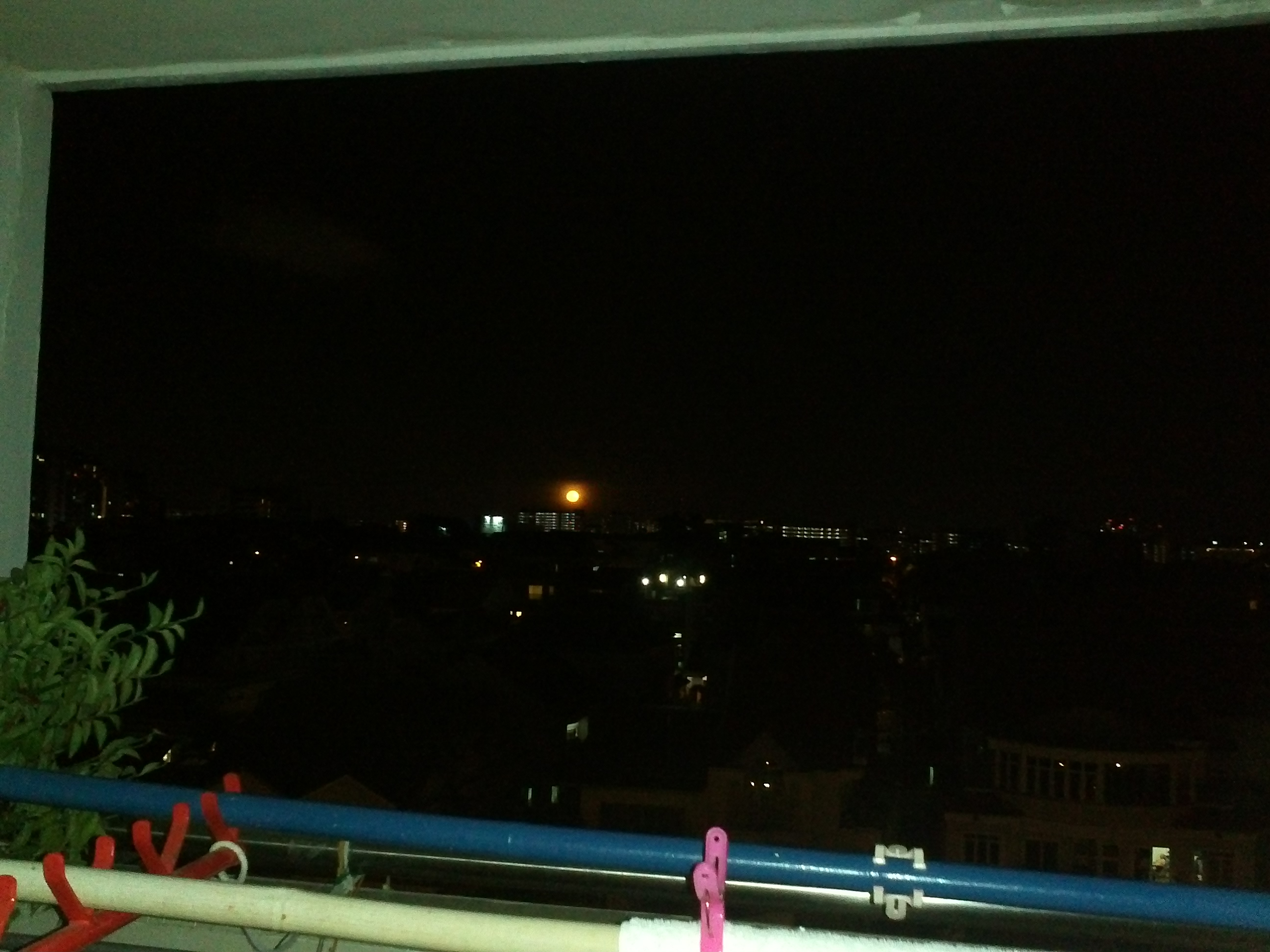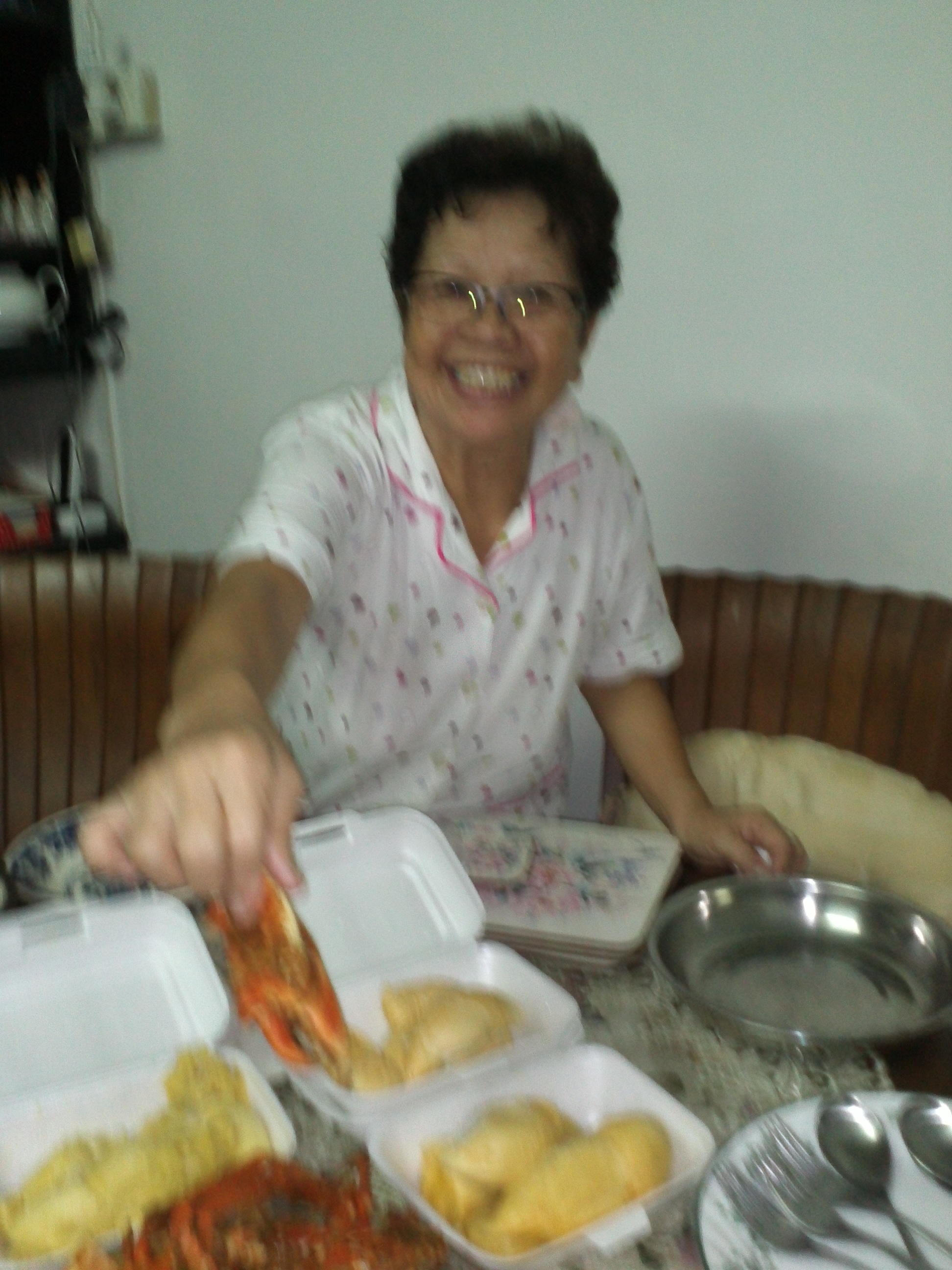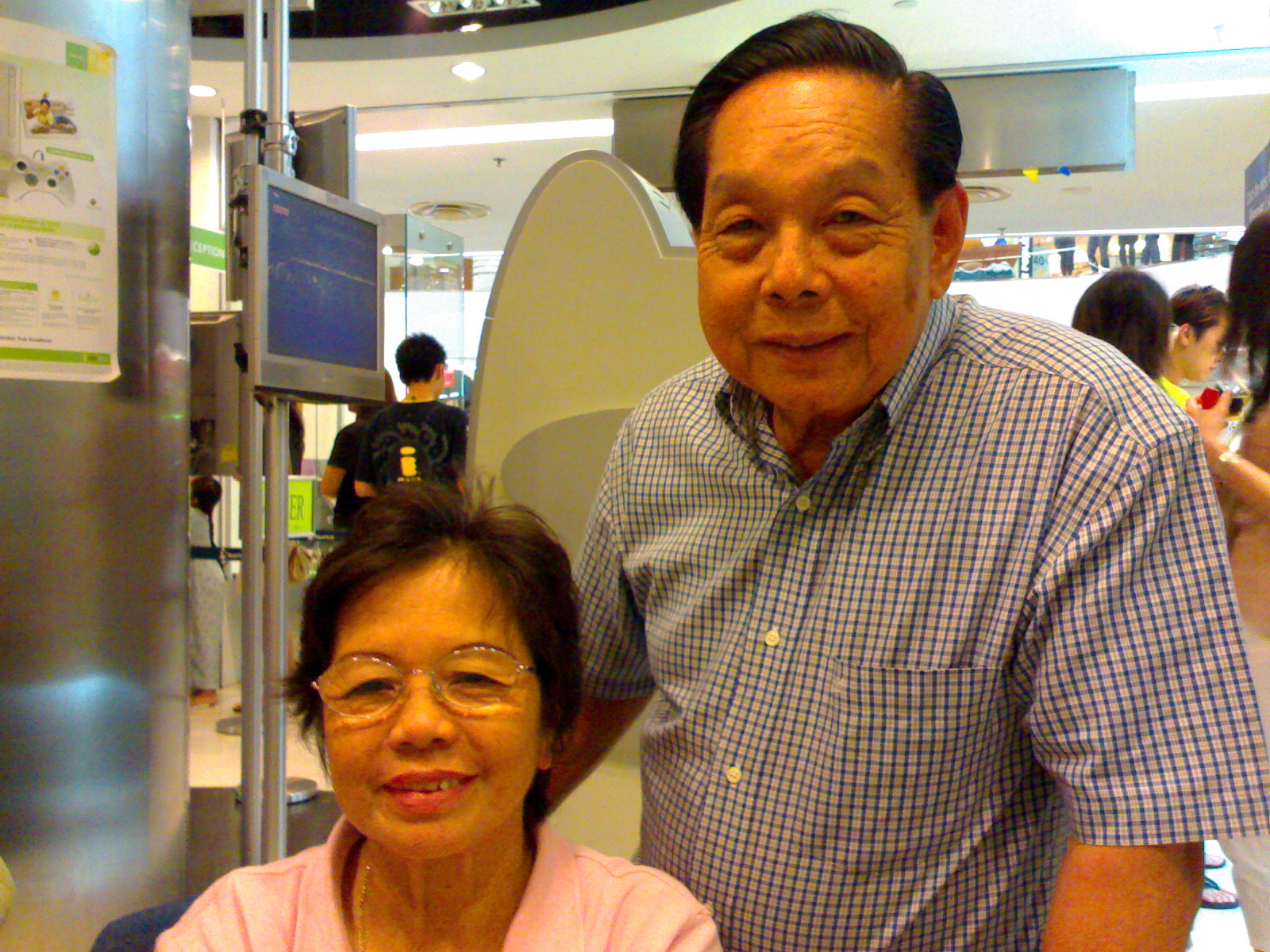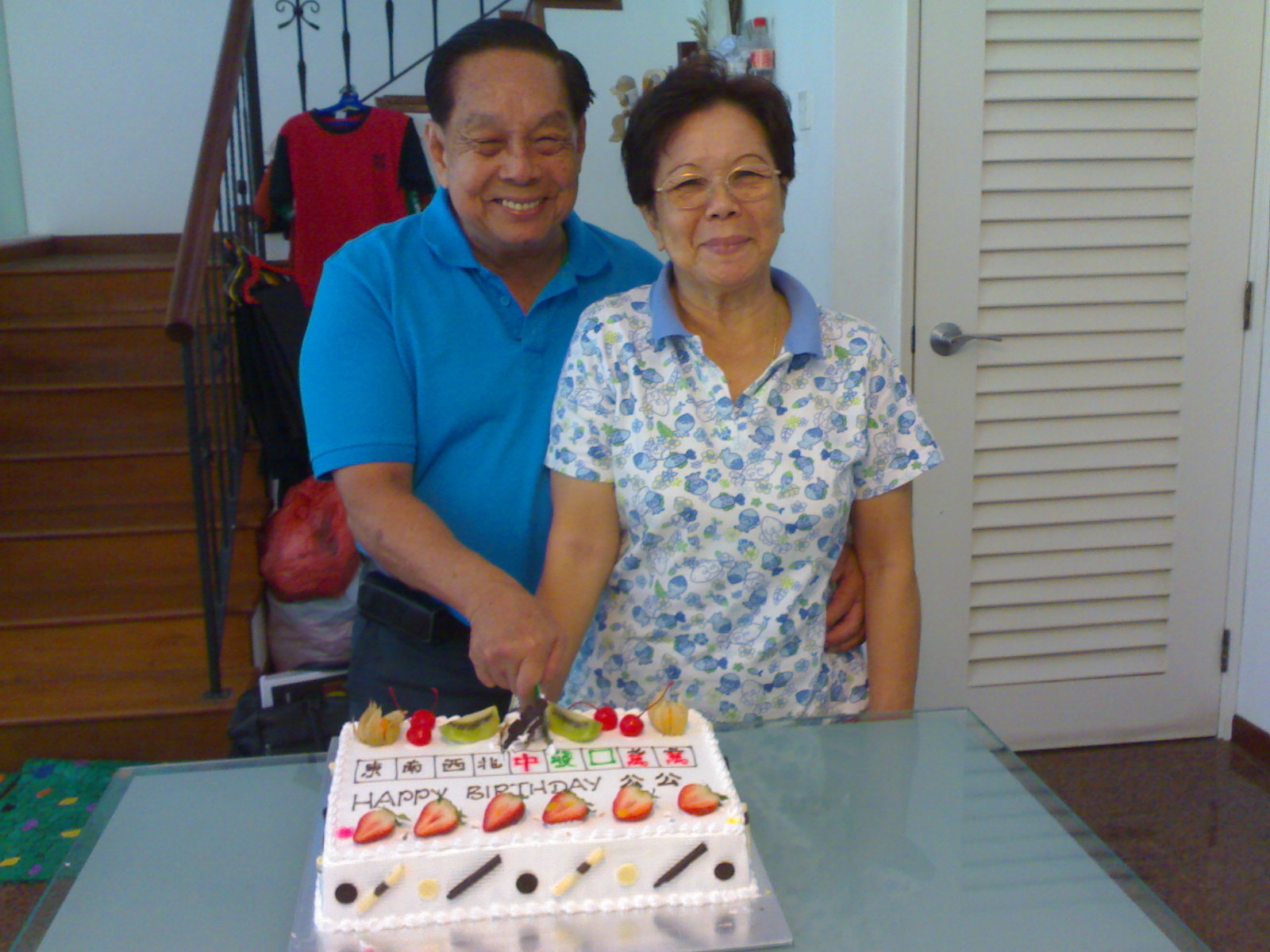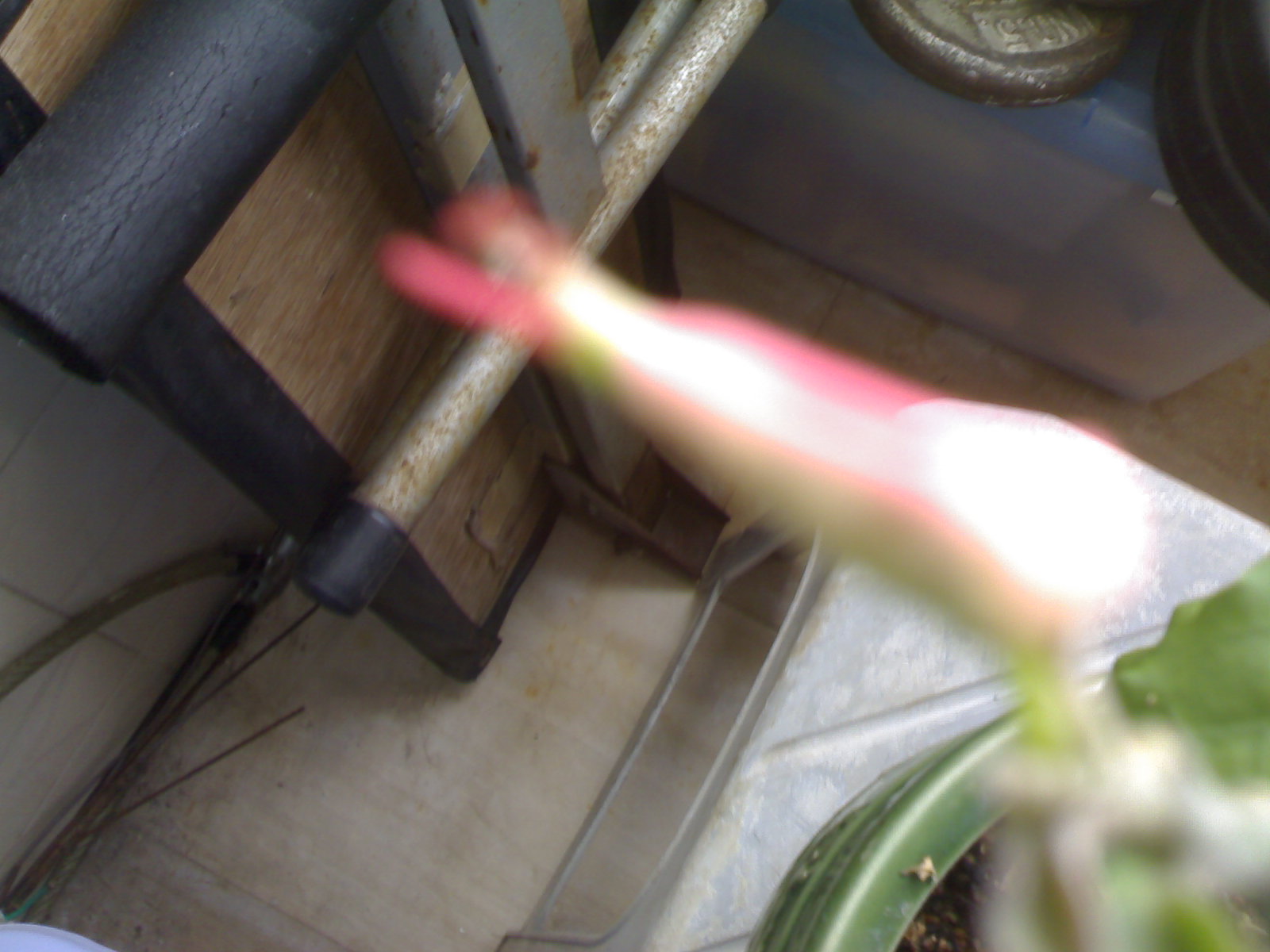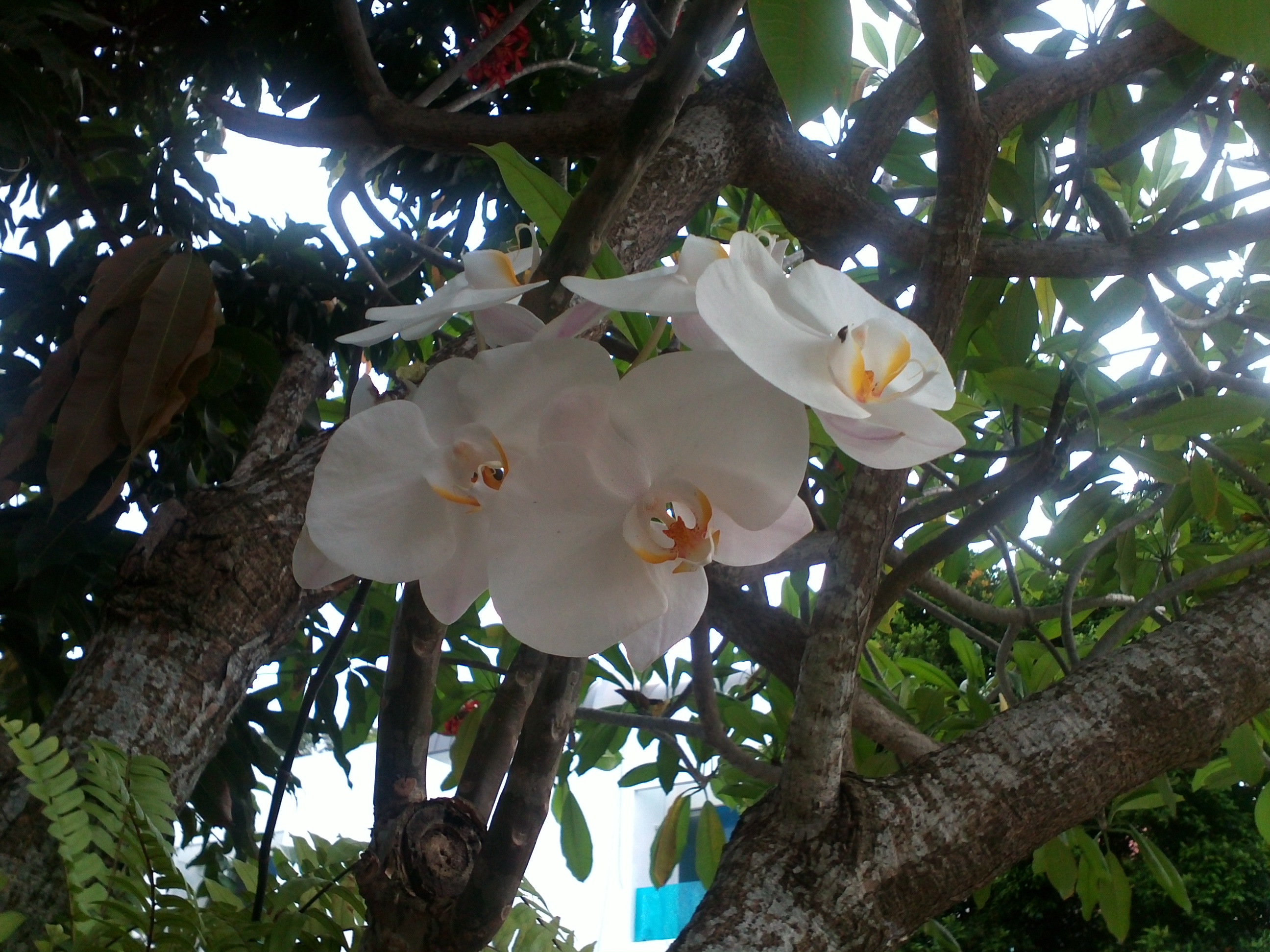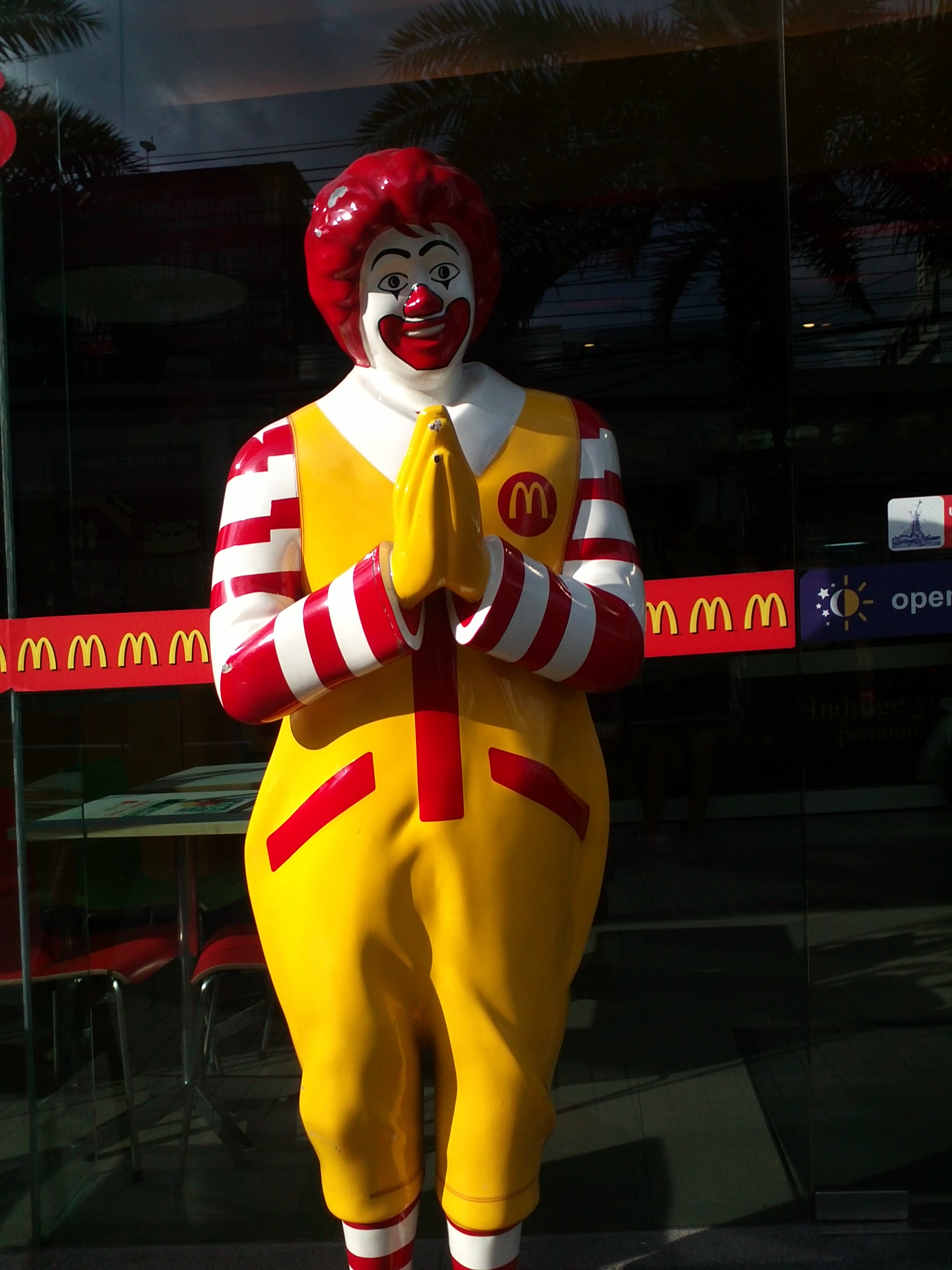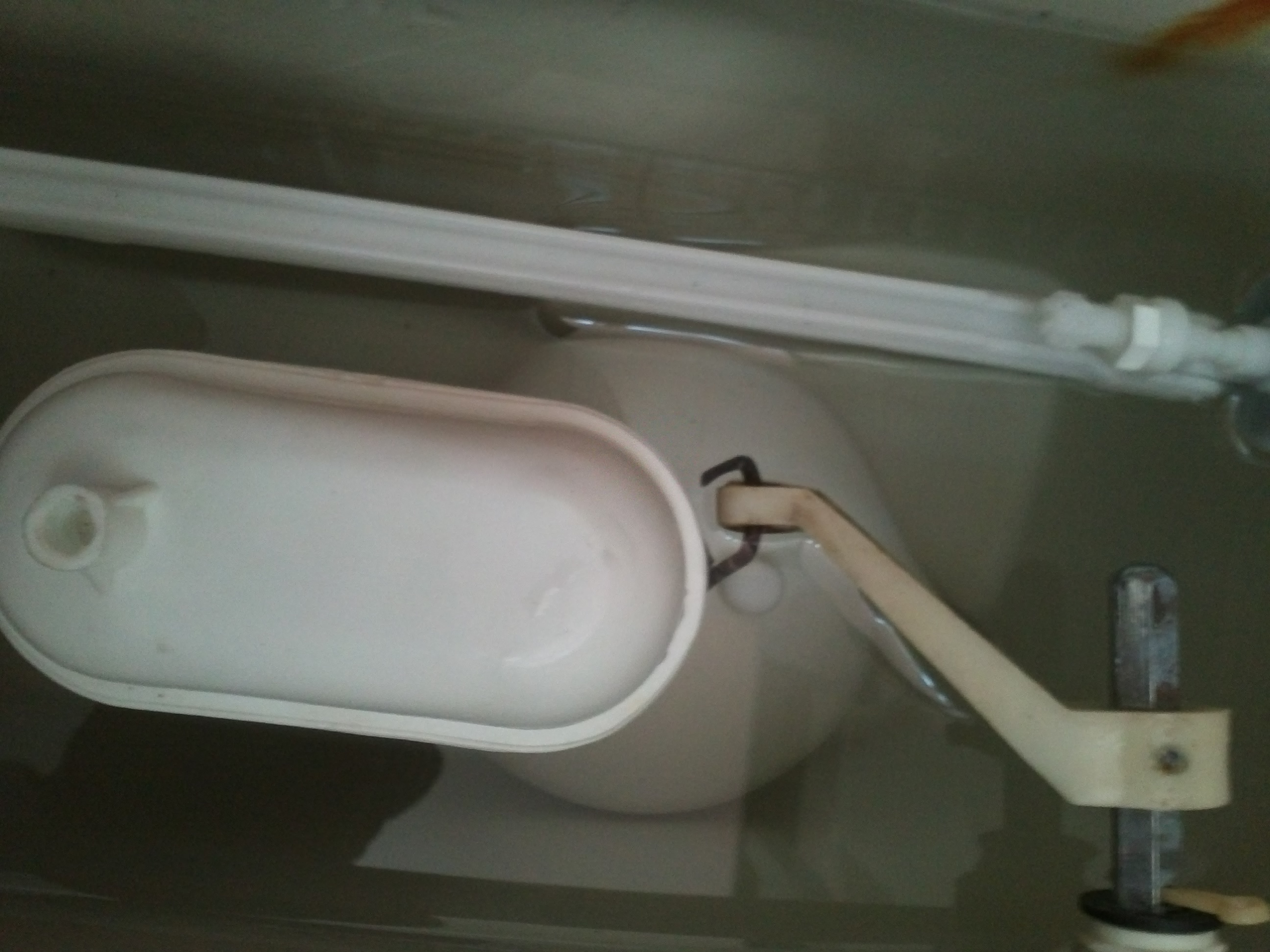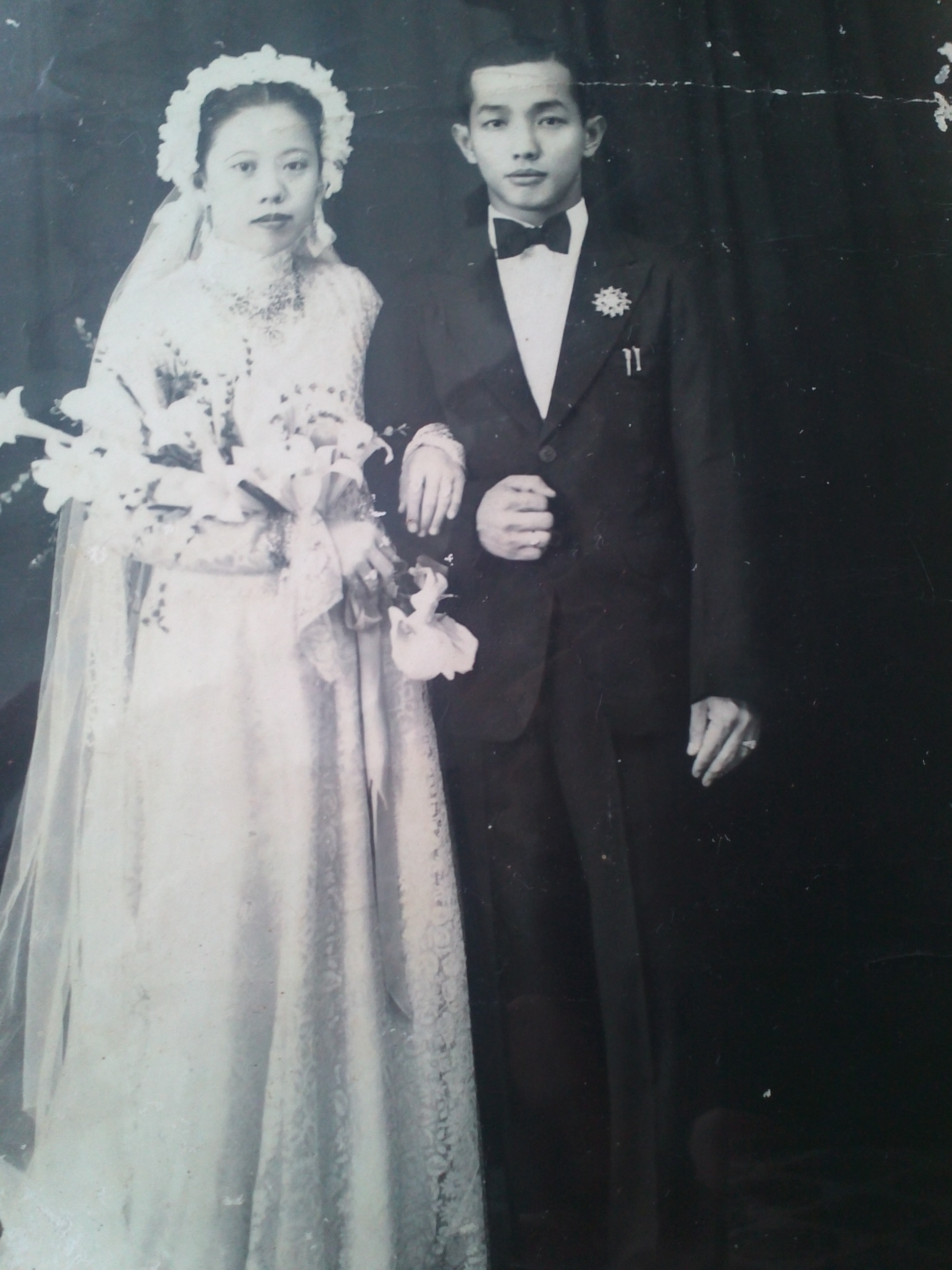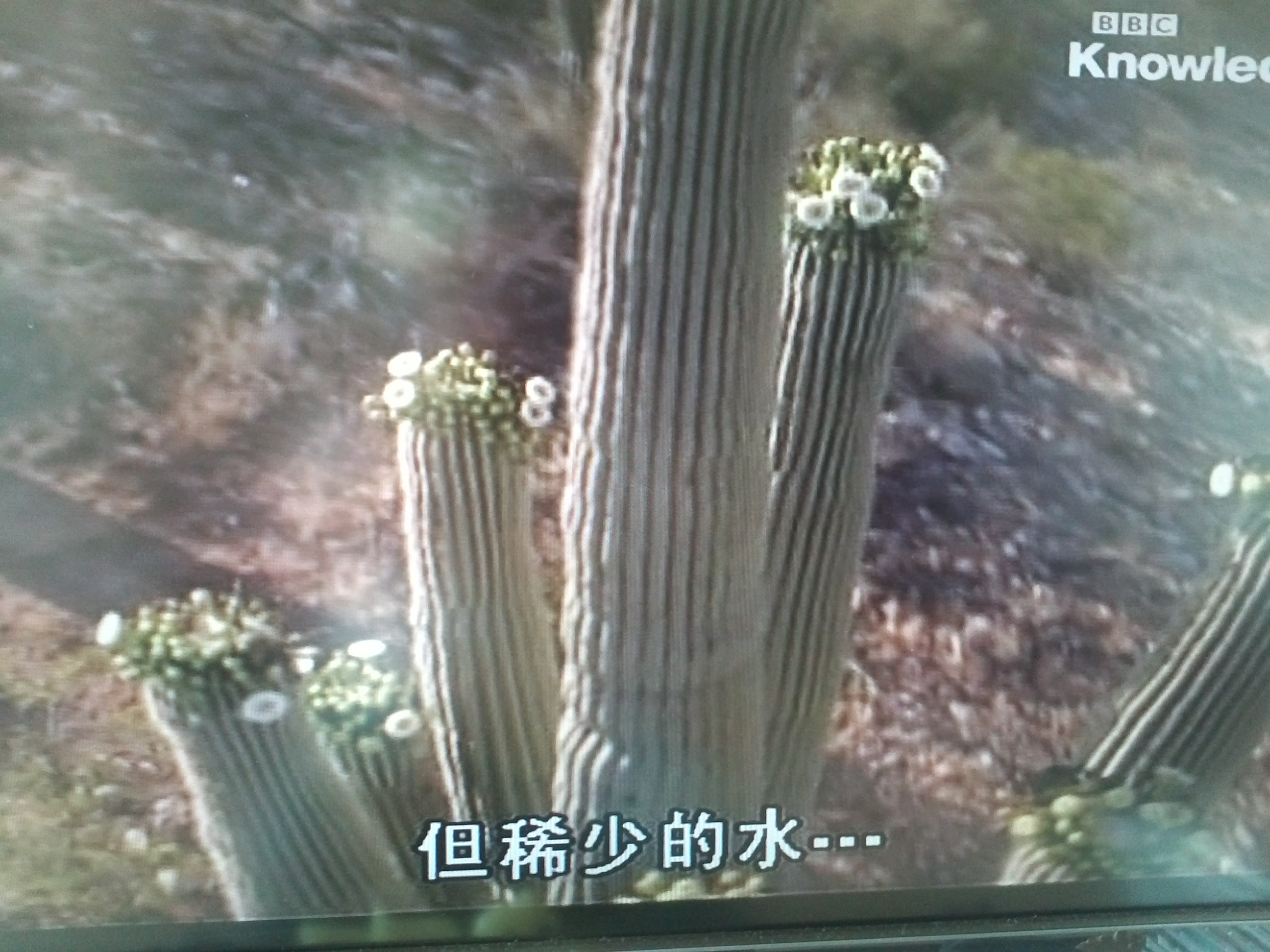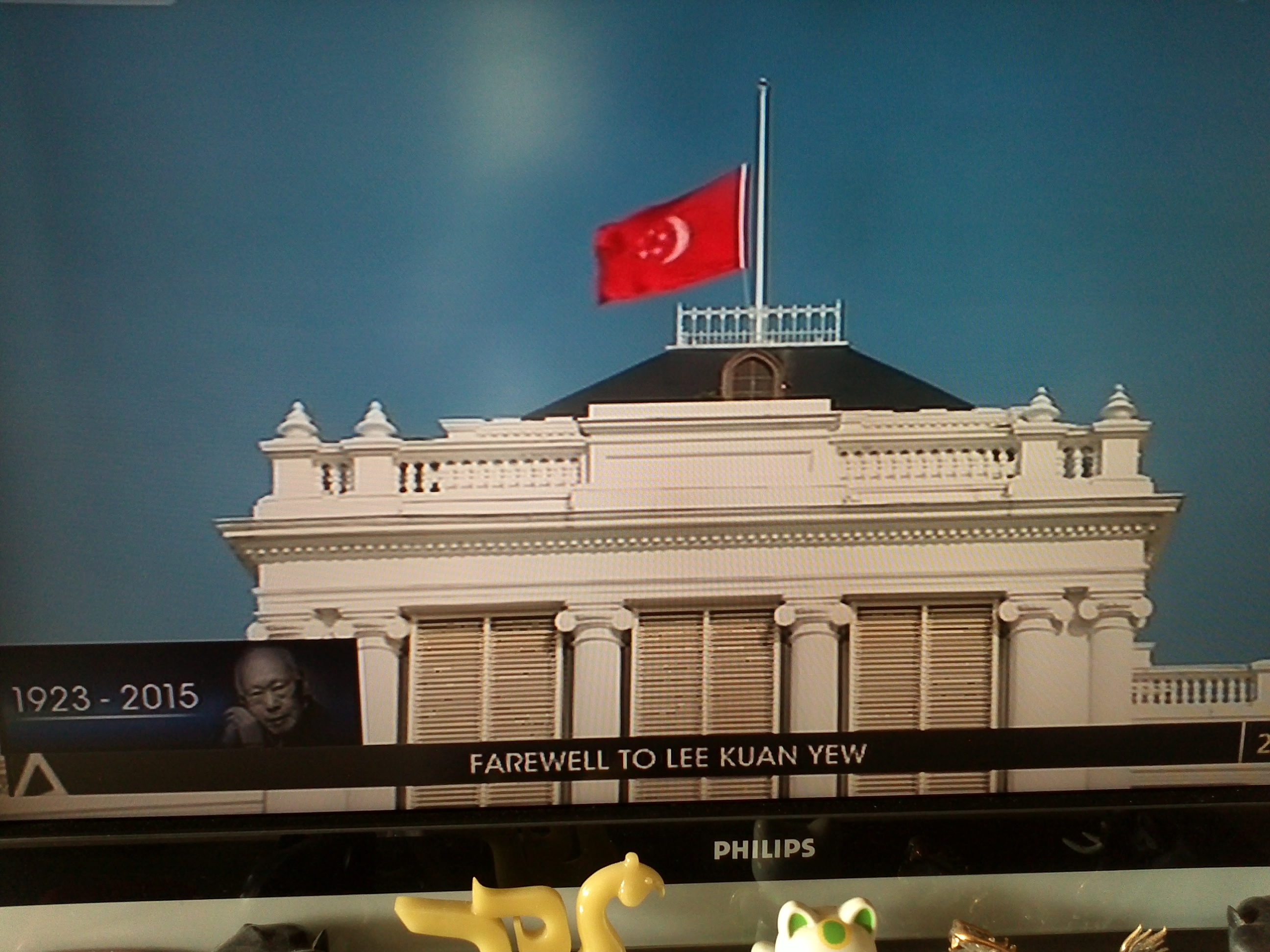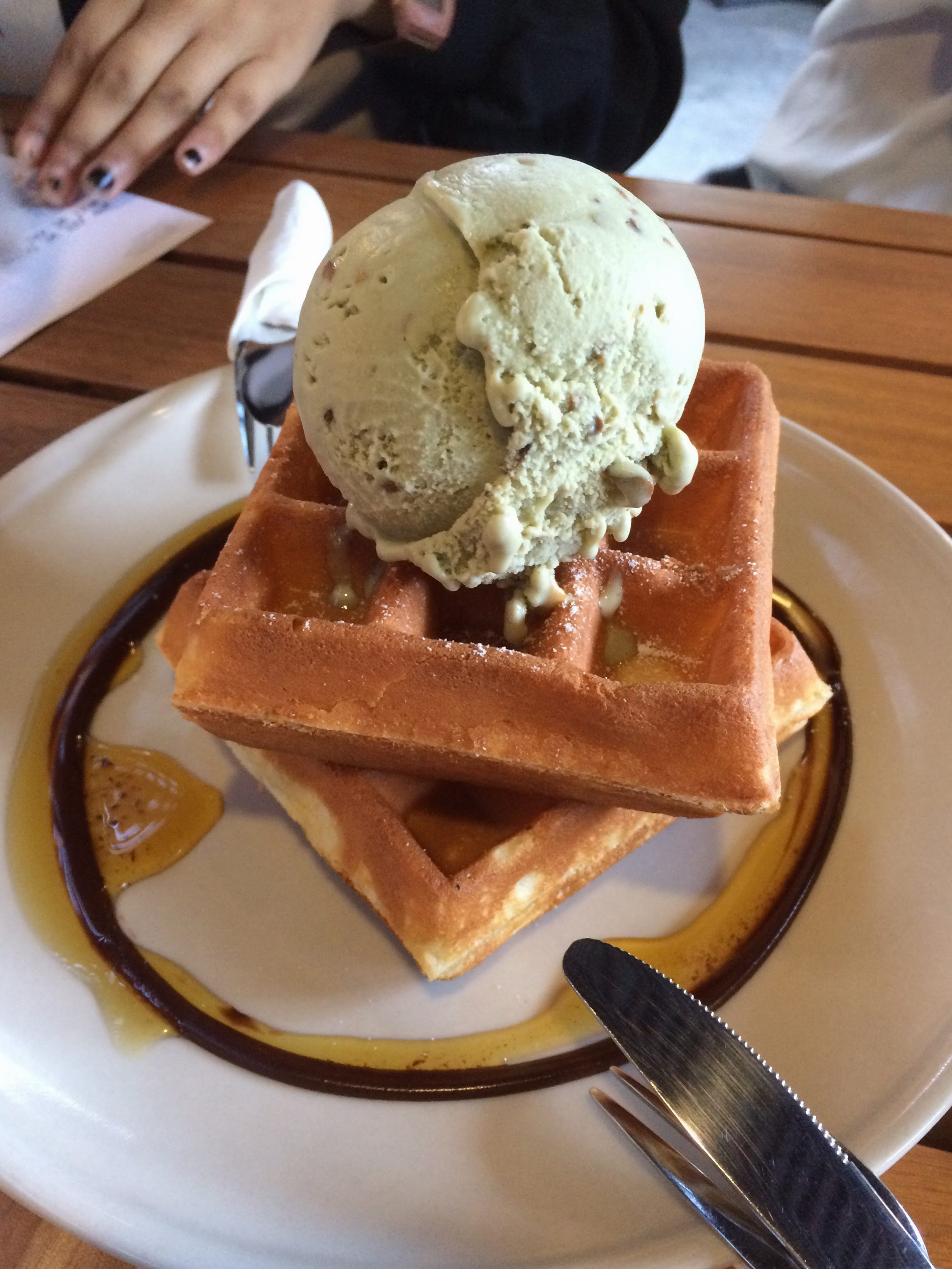On 22nd Oct, I met up with my grandfather for dinner to celebrate my birthday. I asked him if he was coming over on Sunday for mahjong.
“Ya, you want to take picture again?”
“Yea, I want to film you doing your poses again.”
“Okay. See you tomorrow.”
Next day, this happened-
Yeah! Watch it in all it’s conversational glory. I didn’t expect him to actually bring his trunks as well. This was interesting and so surreal.
I’m not entirely sure if this is the look I want but it is definitely a once in a lifetime kind of experience.
I did a couple of different versions as well, just to get some variety


Personally, I think that either the topless one or the trunks one works better. What I dislike about the trunks shot is that it was shot a little too tightly. I doubt that I will be able to recreate these shots again. It just won’t have the same intrinsic experience attached to it anymore. I like the topless one too. It has a little more of an organic feel to it as it was the first shot I took.
I will now have to figure out if I want to readjust the concept to fit the shots. It definitely tells a different story now. I still want to hold on to the idea of having a landscape of a person – that is to say that a person is a culmination of experiences and the people who have entered and left our lives. It could still be in appreciation of it but I don’t know if the concept will be as strong if I were to place a longer focus on my grandfather than the people who have come into his life.
Alternatively, the credits could come crawling along with the shots. The credits could also come in, fading in and out of the scene. It does feel like it might come off as generic or dull/uninspired. I need to think harder about how to go about expressing this concept.
This is tougher than I thought.


